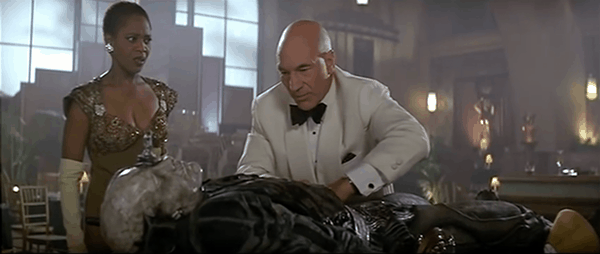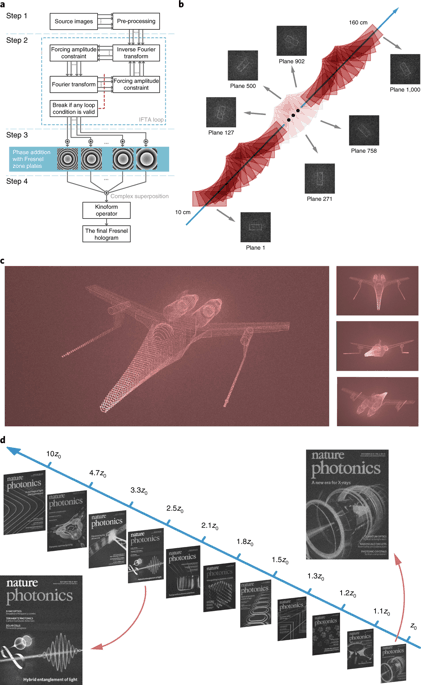
The Holodeck was a major feature of many episodes of Star Trek: the Next Generation. The 23rd century Starship Enterprise (NCC 1701D to its fans) had an entertainment feature that allowed its crew to enter fully convincing three dimensional virtual reality scenarios, acting out fantasy scenarios in such locations as 1930s gangster movie Chicago and Sherlock Holmes’s Victorian London. But in the real world, holographic projection has never been possible. Researchers from Bilkent University in Ankara now claim to have made the advance which puts a simple version of the holodeck, at least, within reach.

Creating a three-dimensional holographic projection relies on back-to-back stacking of a large number of two-dimensional images. However, the images tend to interfere with each other, making the projection fuzzy, a phenomenon known as cross-talk.
While previous attempts to solve this problem have concentrated on optical technology, the co-leader of the Ankara project, Prof Ömer Ilday, believes this is not the best approach. “The reason of this cross-talk is the mathematics, not shortcomings of the physical components,” he said. “Any pair of high-dimensional mutually random vectors tend to be orthogonal. This basic result is a consequence of the Central Limit Theorem and the Law of Large Numbers. We use this property, together with a neat, but straightforward wavefront engineering trick to add random phase to each image, to eliminate cross-talk without using any additional optics.”
The key to this development lies in the work of two well-known mathematicians: John-Baptiste Joseph Fourier, who developed the “Fourier transform” used in high-speed spectroscopy, and Augustin-John Fresnel, originator of the flat lens used in lighthouses.
“It was not possible to simultaneously project a 3D object's back, middle and front parts,” said the other coleader, Prof Onur Tokel. A connection between equation developed by Fourier and Fresnel helps to solve this issue. “Using this math property, we advance the state-of-the-art from the projection of 3-4 images to 1000 simultaneous projections!" Tokel added.
In a paper in Nature Photonics, the team claimed that the projections obtained using their method surpassed all previous digitally synthesised 3D holograms. "Our technique can work in realtime, and will surely pave the way to dynamic 3D video holography. Soon, it may be possible to create a simple version of a Holodeck," claims the lead author of the paper Ghaith Makey.
"The best part is that 3D projection performance will become better and better with increasing hologram resolution because the orthogonality result becomes exact for infinite dimensions -- as display technologies continue to improve and support higher-resolution, they enable ever more realistic looking holograms using our technique,” Makey added.




Glasgow trial explores AR cues for autonomous road safety
They've ploughed into a few vulnerable road users in the past. Making that less likely will make it spectacularly easy to stop the traffic for...